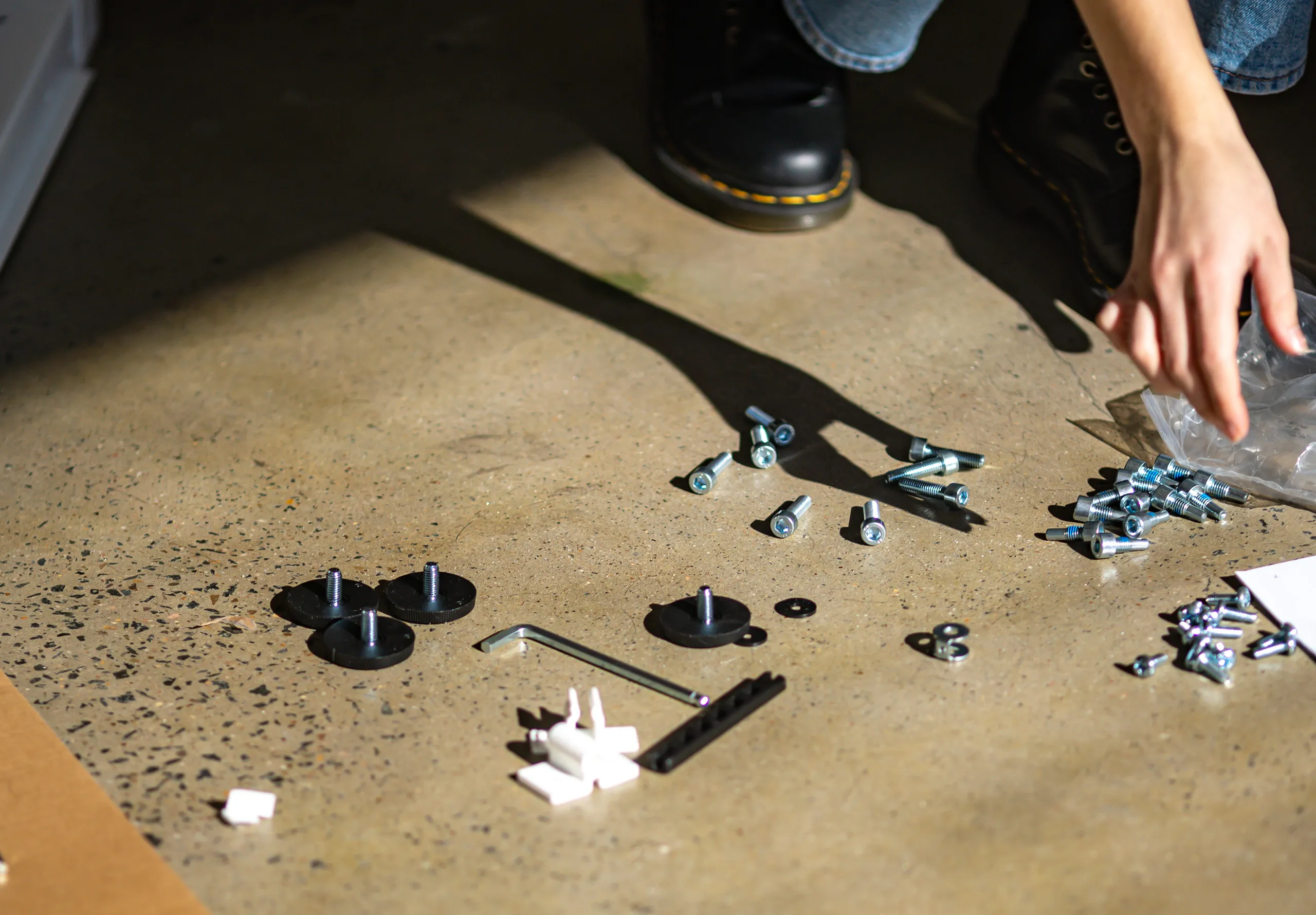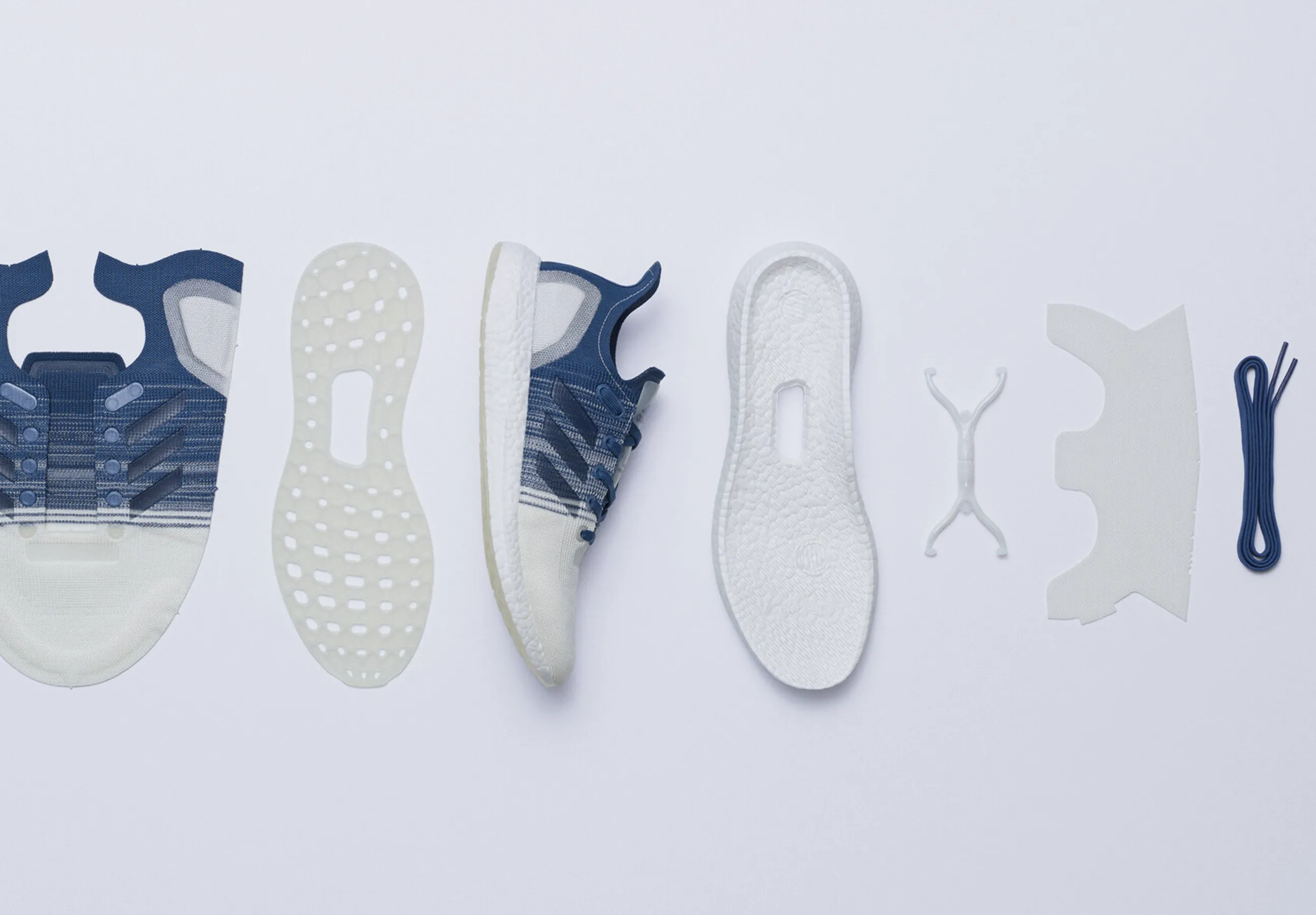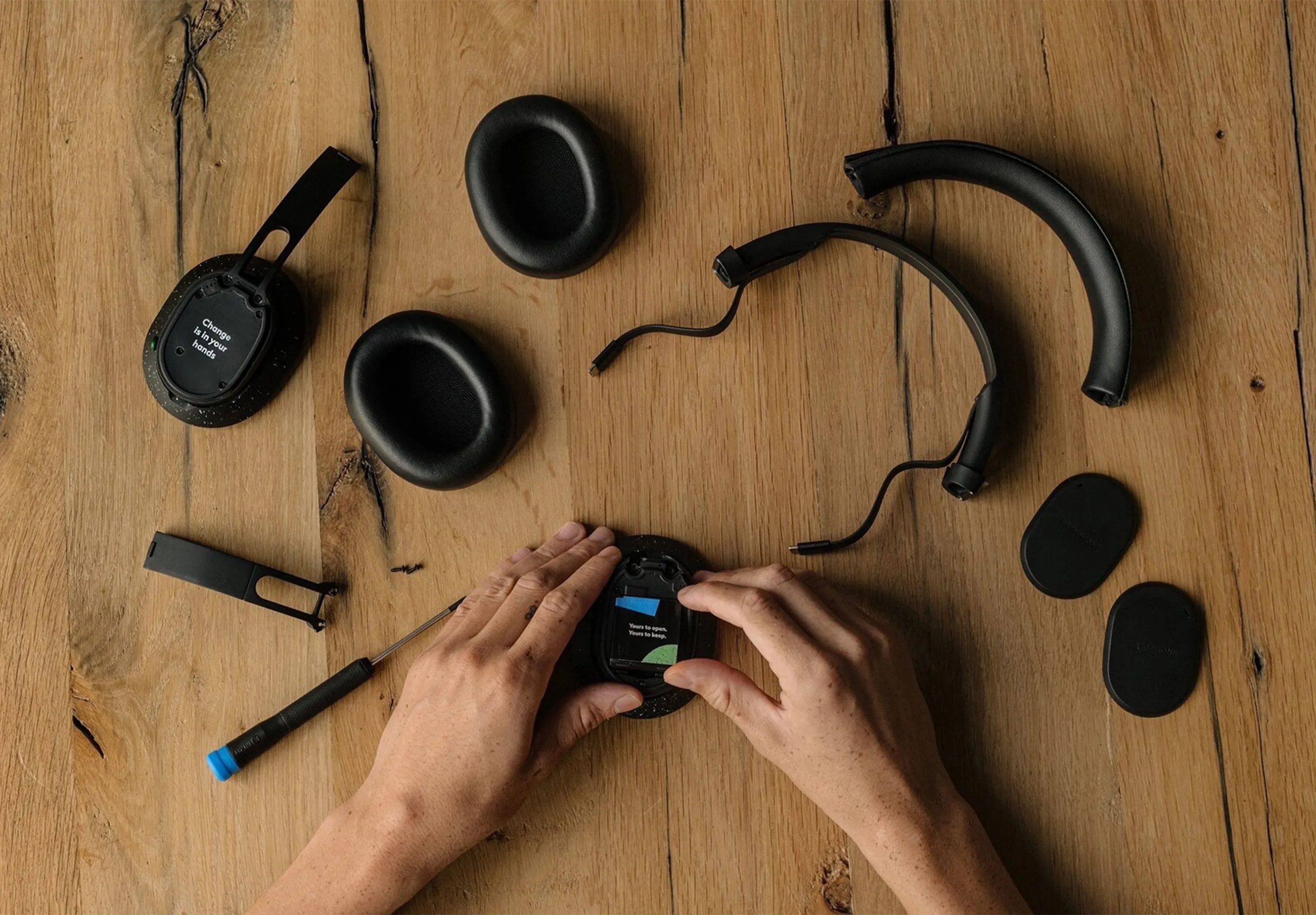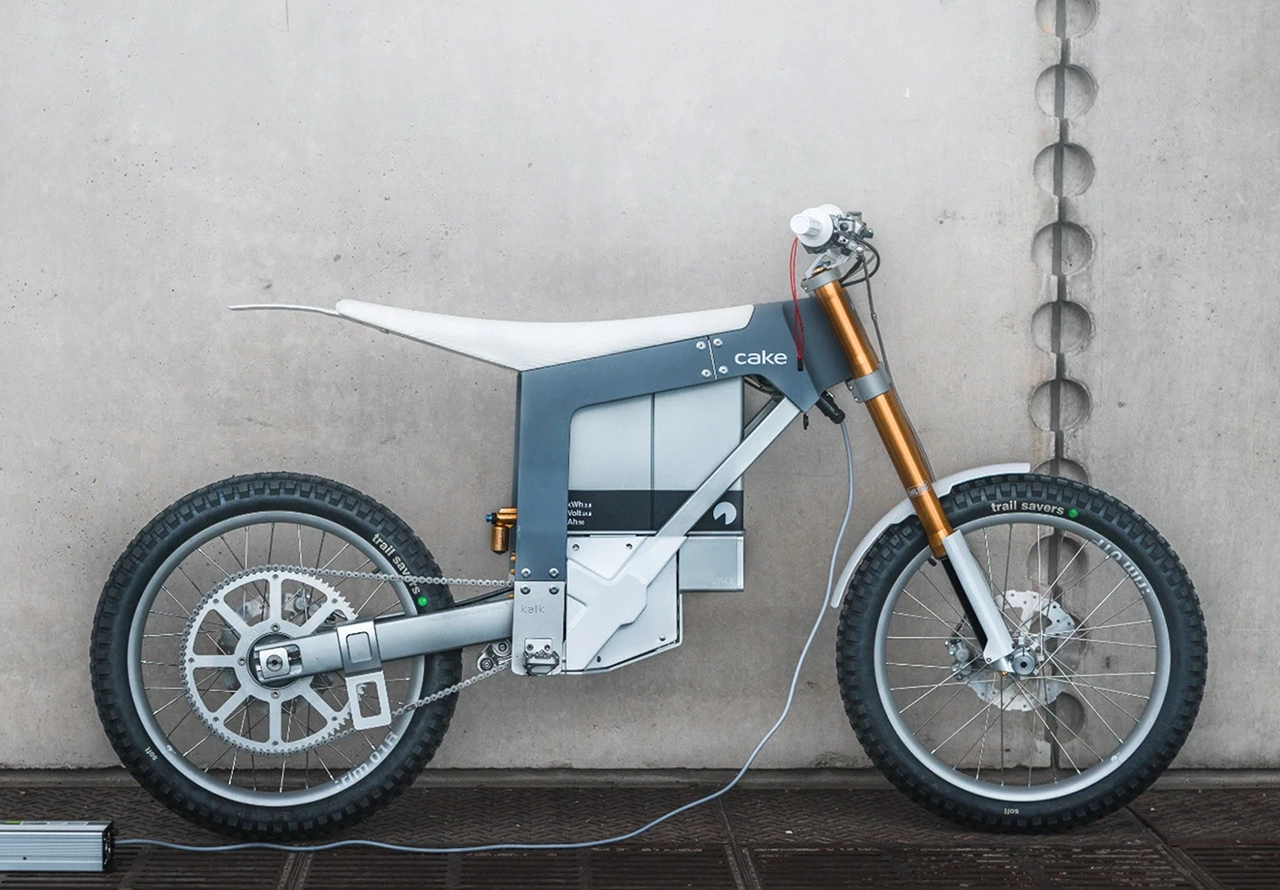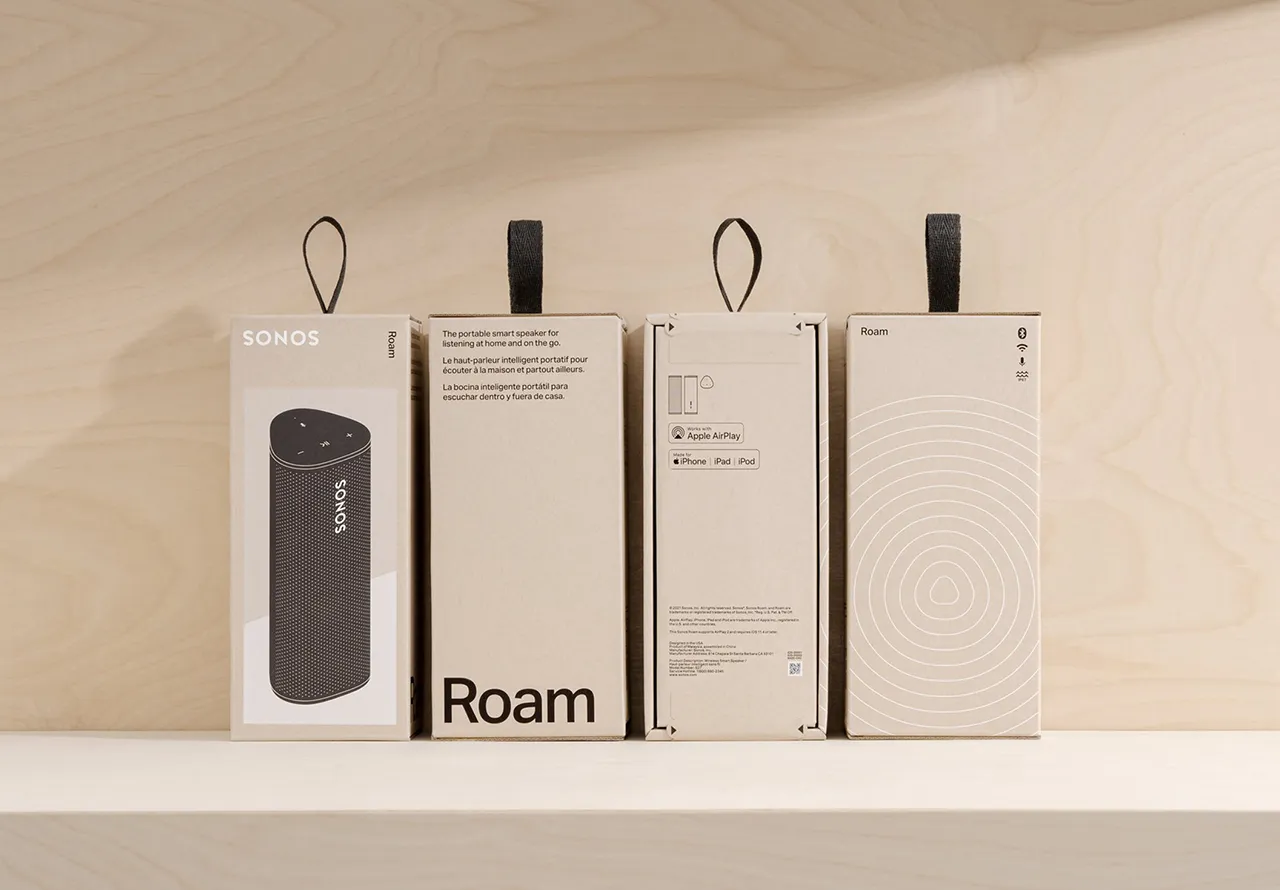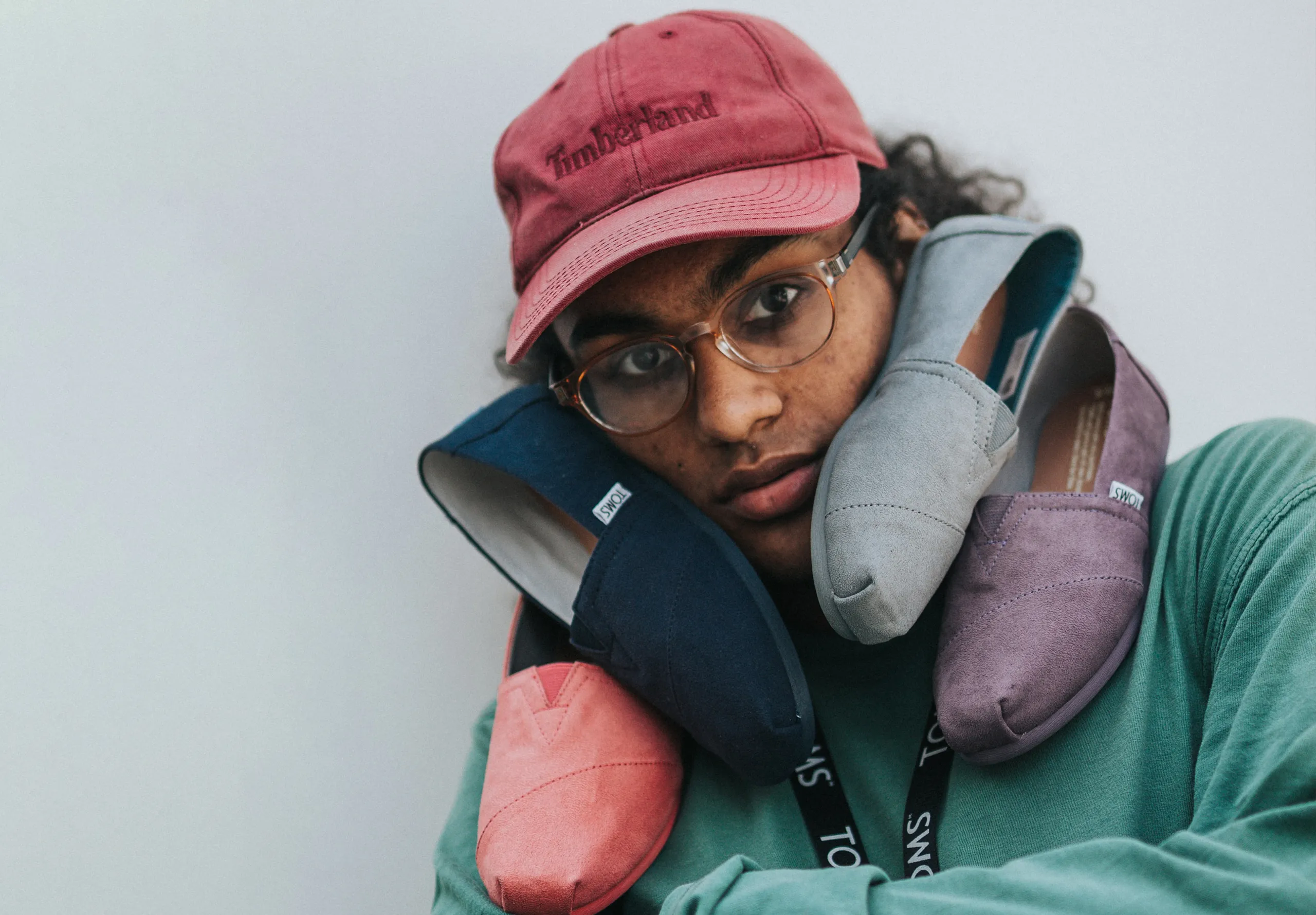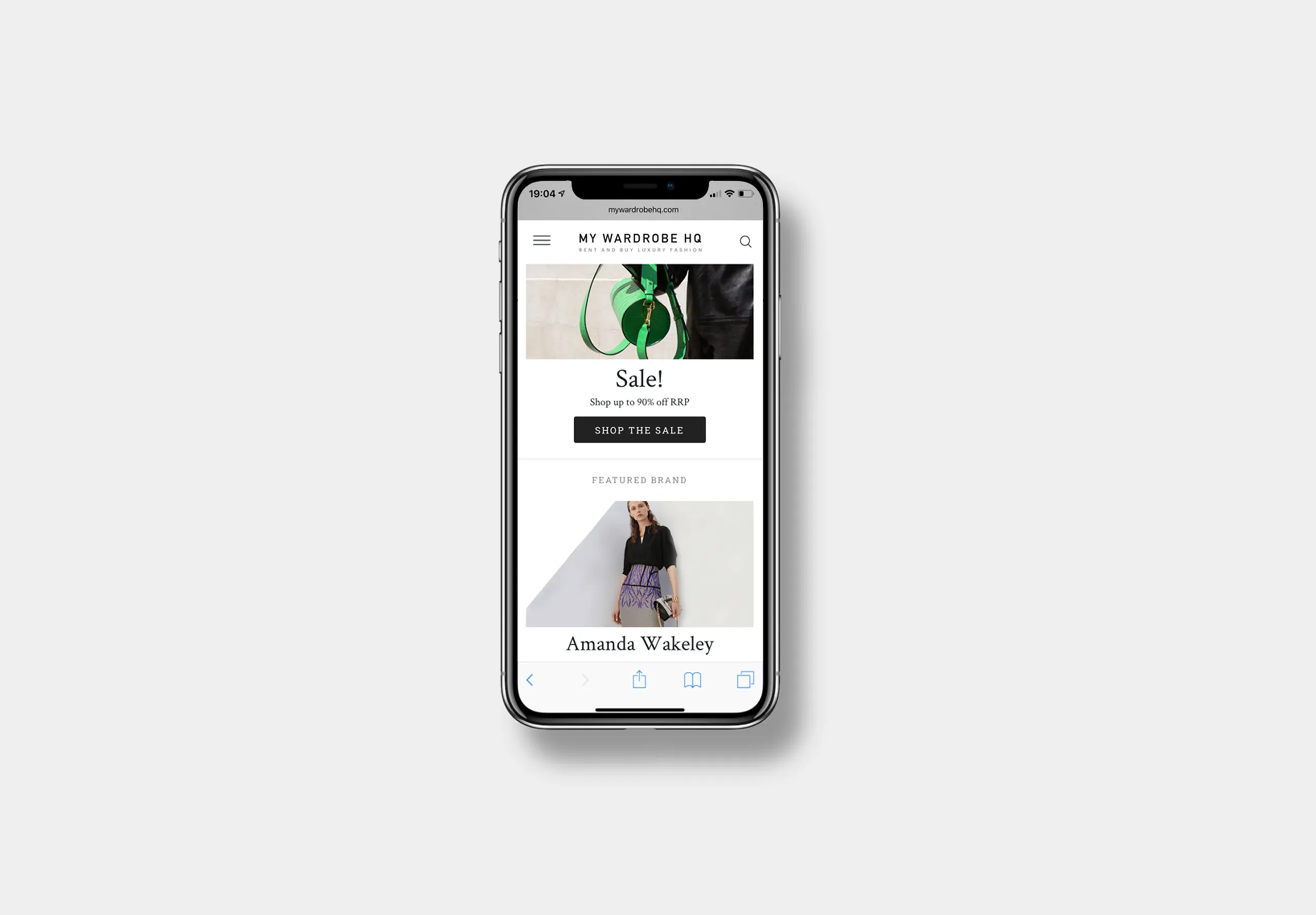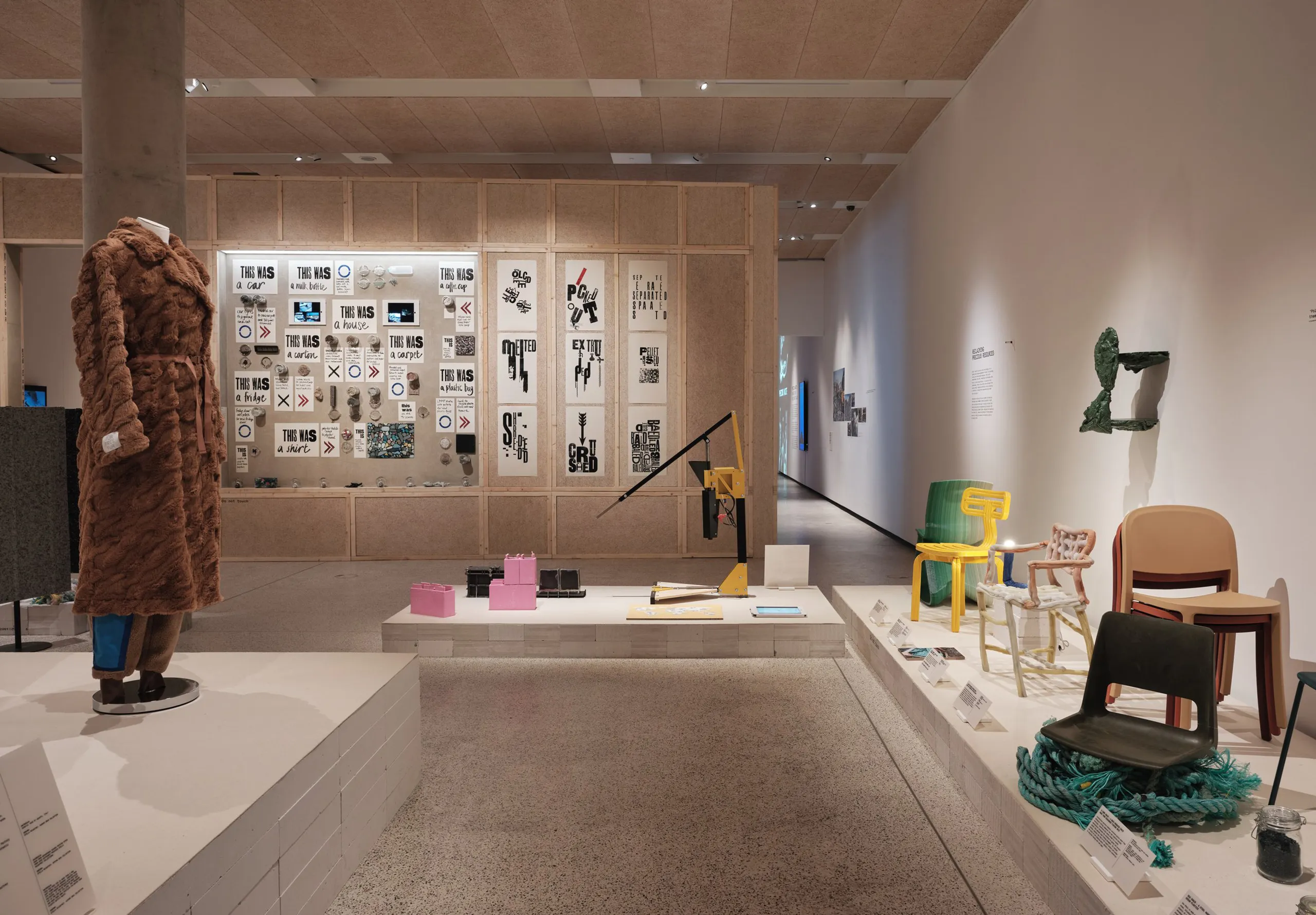Food of the future
In the face of mounting environmental challenges, the food industry stands at a crossroads, with choices that will impact generations to come. By marrying circular economy principles with innovative food design, pioneering brands are exploring new avenues that serve both people and the planet.
In this piece, we explore groundbreaking innovations shaping the food of the future. Read on for inspiration and fresh perspectives for brands on a broader scale.
Short on time? Use these links
Turning tequila waste into sustainable housing
Who could imagine that a bottle of tequila could be a source of sustainability? People often joke about finding answers at the bottom of a bottle, but in this case, it’s genuinely transformative. The production process for a standard bottle of tequila accumulates around five kilograms of fibrous waste and ten litres of a liquid run-off known as vinasse.
Rather than discarding it, Martha Jimenez Cardoso has turned to the waste-to-value approach, crafting eco-friendly Adobe bricks from vinasse. This pioneering method not only redefines the waste materials, but emphasises the pivotal shift needed in the industry. It’s great to see pioneers finding innovative ways to repurpose waste and champion sustainable practices that challenge our conventional thinking.
Finding a sustainable alternative to palm oil
The environmental concerns surrounding palm oil are well-known. As one of the leading contributors to deforestation, it’s imperative we find an alternative solution. Thriving in harsh conditions with minimal resources, the Pongamia tree emerges as a beacon of hope.
Ponova oil, derived from the beans of the Pongamia tree, is already gaining traction as an eco-friendly alternative in the regenerative farming sector. Buttery in flavour and highly versatile, Ponova oil presents an opportunity to shift from harmful practises to an option that suits both our planet and our palates.
Transforming food waste into textiles
Although often unseen, agricultural food waste plays a major role in the global waste problem, with emissions from burned discarded crops further exacerbating the issue. Now, Agraloop is addressing this by turning such waste into valuable products like textiles and packaging.
Using a specialised technique, they transform cellulose from crop residues into soft fibres for yarns, creating the Agraloop™ BioFibre™ from remnants of crops like hemp, banana, and pineapple. For brands, this presents a lesson in circularity: food waste can be mindfully repurposed, driving sustainability and innovation in tandem.
Revolutionising nutrition with the Super Banana
Vitamin A deficiencies have long been a heart-wrenching issue in developing countries, claiming children’s lives and becoming a leading cause of blindness. Now, this pressing issue has met a promising contender: the Super Banana.
After years of trying to distribute vitamin capsules in rural areas without much success, the team at National Agricultural Research Laboratories (NARL) in Uganda have pivoted to an arguably more obvious solution: take the nations most popular food (piled high in shops and eaten at nearly every meal), and modify it to contain vastly higher levels of vitamin A than the ‘standard’ banana.
20 years in the making, this fruit represents more than just sustenance. It’s a symbol of how sustainable agriculture initiatives can align with health needs to tackle nutritional deficiencies and combat disease.
As the pressure to combat the climate crisis intensifies, these pioneering concepts are leading the charge in reimagining the future of food. Of course, the overarching lessons extend beyond this industry.
As designers, it’s our duty to look beyond the conventional approach and apply design thinking to solving the pressing issues we face as a people. This is how we work with ambitious clients, collaborating to craft beautifully holistic solutions that respond to real-world challenges.









